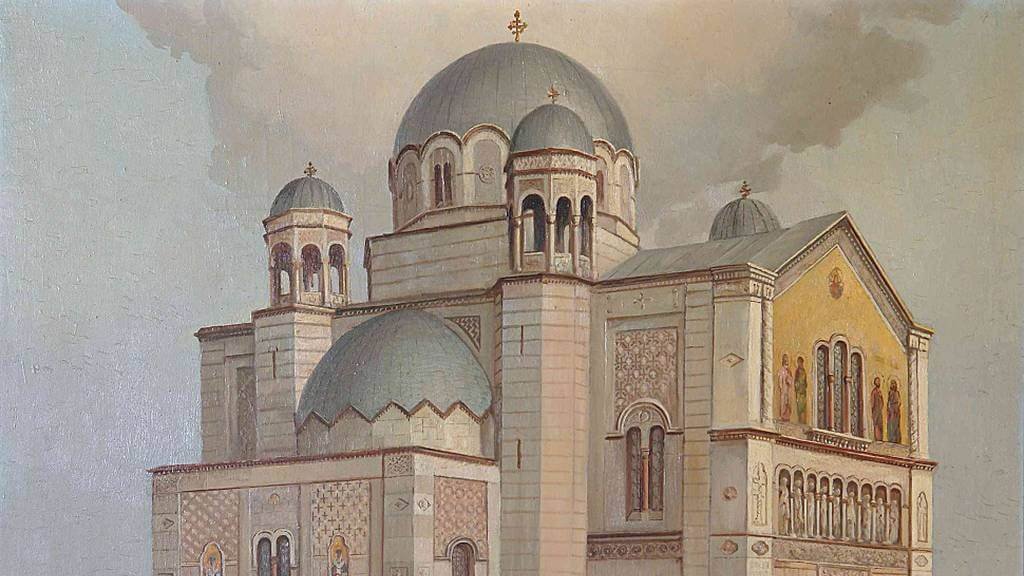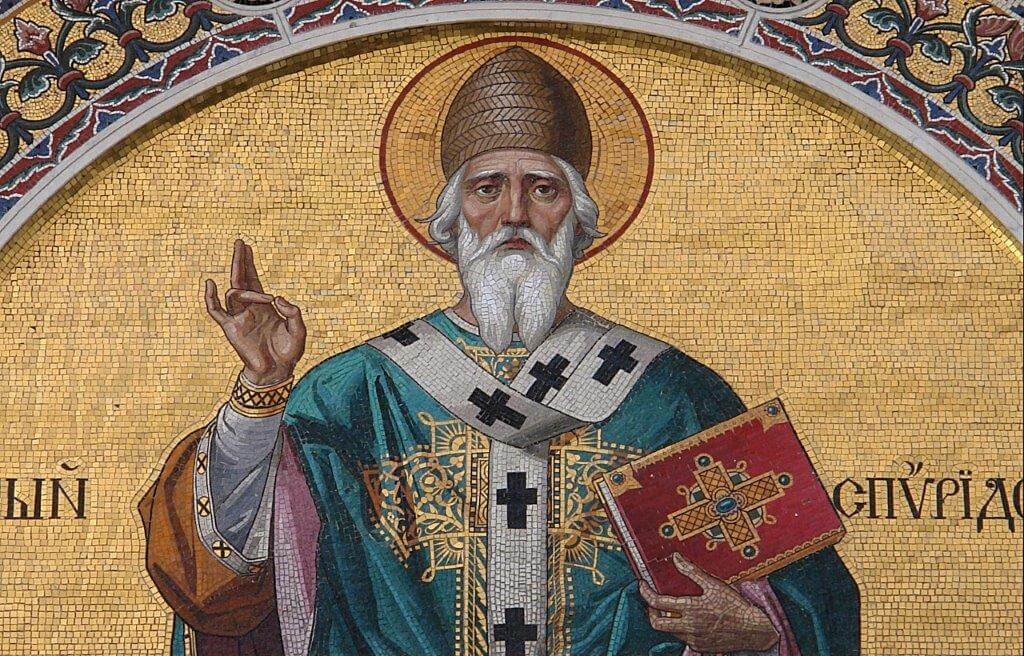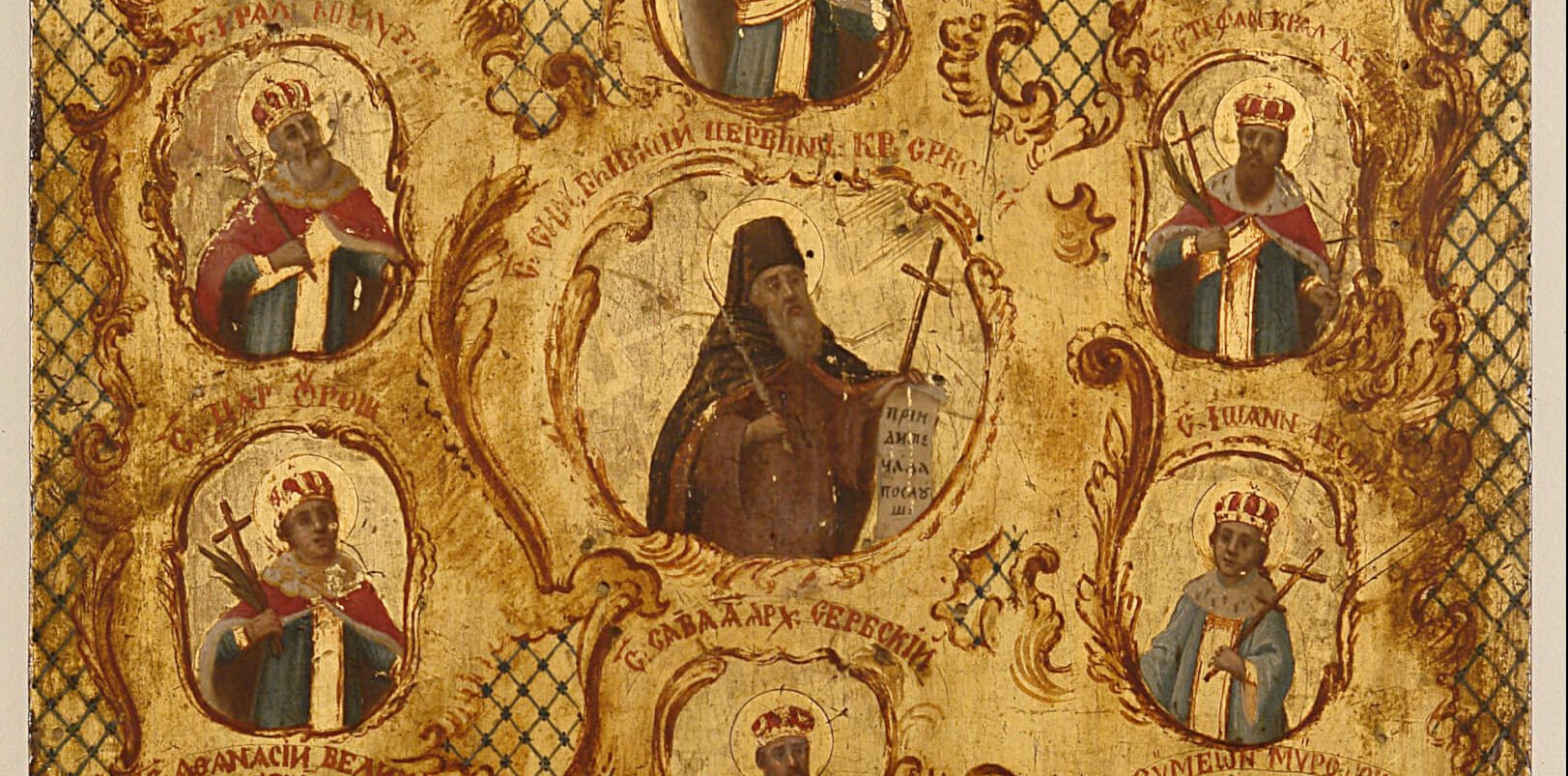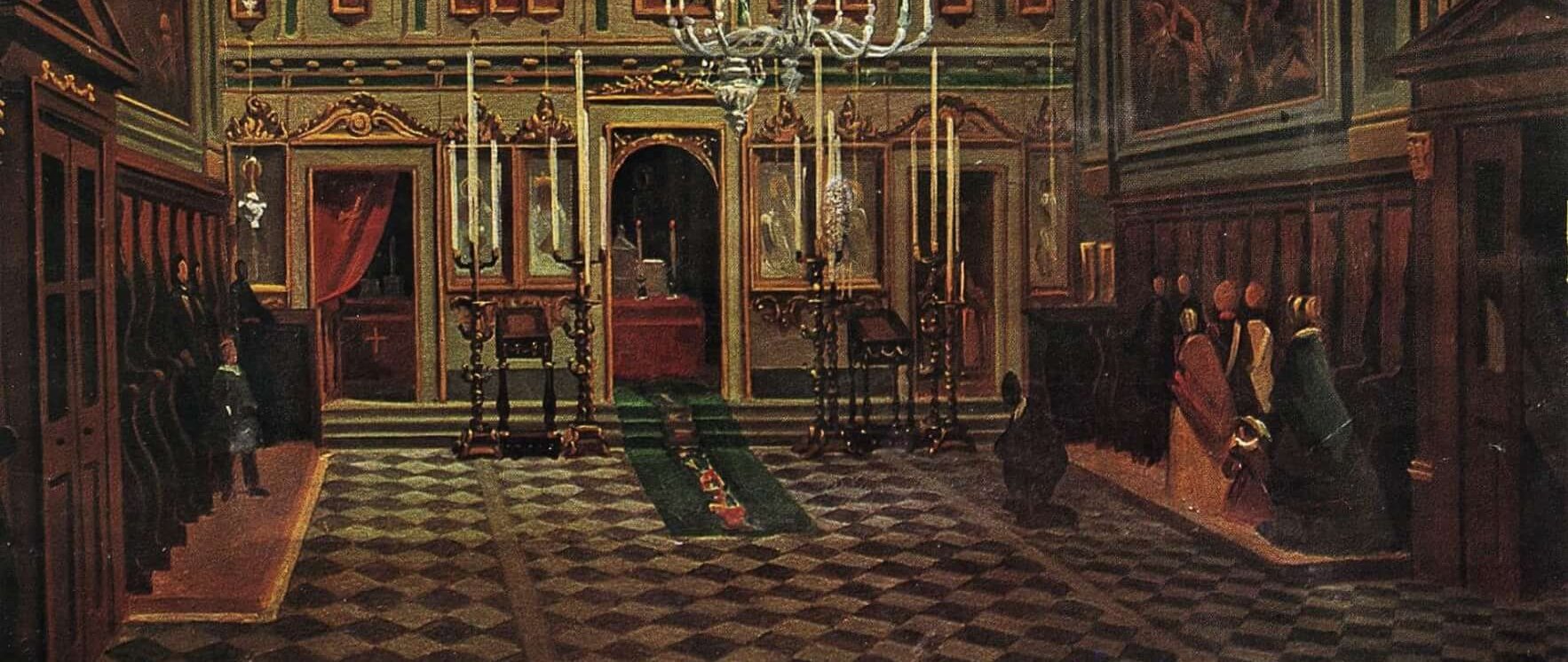The life of a community can never be described if we look at only one time period of its existence, whereas analyzing its work in the past even its present can be deciphered. Others have studied, and probably will continue to do so, our Community and its history; what I would like to write about is its religious life and its main protagonists.
Since the focal point of every nation and every community is and has always been the Church, it is my humble opinion that the key role in preserving the religious and national identity of the Serbs in the Austro-Hungarian Empire, including our small Community, was played by the Serbian Orthodox Church through the Metropolitanate of Karlowitz (today’s Sremski Karlovci). The foundation of this Metropolitanate was based on the Charters issued by the Emperor Leopold I on August 21st 1690, December 11th 1690, August 20th 1691 and March 4th 1695 for the Serbs’ particular level of engagement in the strife for the preservation of the Austro-Hungarian Empire, especially against the Ottoman invasion. These charters represented a legal basis for the institution of Serbs’ ecclesiastic and secular autonomy, regulating also their legal status in the new country. They were confirmed in 1743 by the Empress Maria Theresa.
The main task of the Serbian Orthodox Church was to maintain and preserve among its faithful the consciousness of their Orthodox religion and of their roots, and this was possible only by means of organized institutions, that is the Church and the school, not in any way through separate, individual efforts.

The success of this depended not only on the Serbian Church and that is why, thanks to their great wisdom, the Serbs and their church representatives made a constant effort to establish and maintain a balanced relationship with the Royal Austrian authorities in the ever-changing historic circumstances, remaining, however, always loyal to their Church and their people.
Our small Community, whose life was made easier thanks to certain advantages, but which at the same time was faced with numerous problems, also adopted this policy.
It was a fortunate circumstance that the Greeks living in Trieste, in a fairly short time after their settling and with the arrival of Serbs in the town, obtained a permission from the Royal Authorities in Wien to build their own church and to found their community. It was brethren Serbs that helped them in building the church and in repaying the debt to the Empress Maria Theresa.
The disagreements that arose between the two Orthodox communities as to whose priest should perform the Liturgy and in which language did not deter our people from persevering in the fight for the equal rights as their brethren Greeks and from continuing to live and work in an honest way. According to the historian Djordje Rajković, the Metropolitan of Karlovci, Pavle Nenadović, was of great help and support to his people, fighting for their cause in front of the Imperial Austrian authorities. In 1757, by the decision of the Empress Maria Theresa, the Serbs in Trieste, together with the Greeks, fell under the jurisdiction (the spiritual governance) of Bishop of Upper Karlovac, Danilo Jakšić of the Serbian Orthodox Church which in the Austro-Hungarian Empire acted through the Metropolitanate of Sremski Karlovci. With this decision the Austrian Royal House protected its interests and at the same time confirmed the privileges granted to the Serbs in the past.
It must be mentioned that, ever since its beginnings, this important religious community (the Serbian Orthodox Religious Community of St. Spyridon Thaumaturge in Trieste) has never left the bosom of the Serbian Orthodox Church.

Serbian bishops, among whom the most renowned was Lukijan Mušicki (a famous Serbian writer and a poet the antimins with whose name is still preserved) took care of its spiritual life, and Serbian priests served in its church (approximately 60 of them, according to the historian M. Purković), the most famous of whom were: Vićentije Rakić, Haralampije Mamula, Savatije Knežević, Nićifor Vukadinović, as well as several famous hierodeacons: Vikentije Ljuština, German Andjelić and others (around 13 of them).
As good and caring shepherds, they taught their flock to nourish faith and love towards God and towards their own people. They also taught them to be honest and dignified workers and to be respectful towards their neighbours and their co-citizens, acting themselves as an example to be followed.
The Serbs in Trieste today
The main difference between the Serbs who lived in Trieste in the past and those who live here today is their number and their economic power; there is however one virtue the Serbs of all times have in common and that is diligence.
The Serbs represent the most numerous ethnic group among the recently settled population in Trieste today. Coming mostly from the Eastern Serbia, the majority of them arrived in the town after the earthquake in the Friuli region or after the dissolution of Yugoslavia. They represent an important element of the town’s life and its economic development. Honest workers with an exemplary behaviour, they have earned themselves a great amount of respect from the local population. Skillful craftsmen and constructing workers that they are, they contribute successfully to the building and reconstruction of the town. Along with them, although in a smaller number, the Serbian intelectuals weave themselves and their knowledge into their new surroundings, improving furtherly their fellow countrymen’s reputation.
The Serbian Orthodox Religious Community assists them all in adjusting to the new country, encouraging them, however, to preserve their religious, national and cultural identity. The activities through which this is done are numerous: the celebration of Sacred Liturgies on regular basis (daily, on Sundays and on religious festivities), after-school classes of catechism, Serbian language and history for the school age children (divided into three age groups), as well as Italian language classes for adults and Serbian language classes for Italians and all those interested in learning our language. There are also other various activities (e.g. traditional Serbian folk dancing, singing, literary activities, excursions, social reunions) through which the Community nourishes its relationship with the young Serbs. Furthermore, the Community helps and supports all the associations which aim to preserve the Serbian spiritual, national and cultural heritage.
Besides these regular activities, the Community often hosts lectures, art exhibitions, concerts of spiritual, classical and Serbian traditional folk music, organizes pilgrimage trips and other cultural activities that contribute to the preservation of the Serbian spiritual, national and cultural identity and, contemporaneously, to the better integration of its members into the new country.
Rev. protopriest-stavrophor Raško Radović





